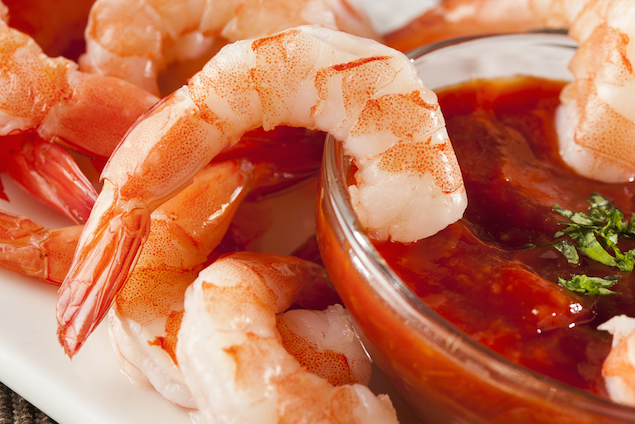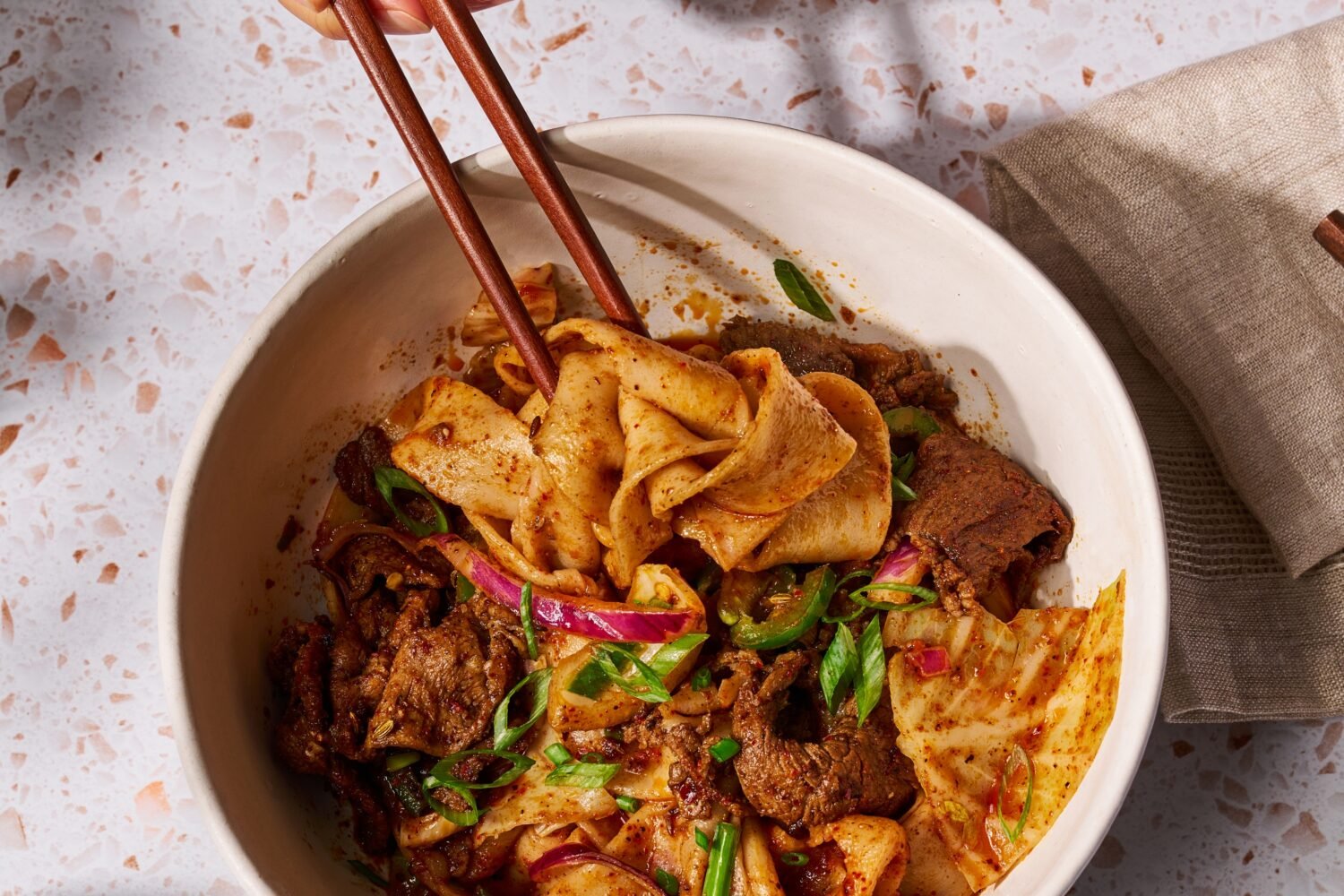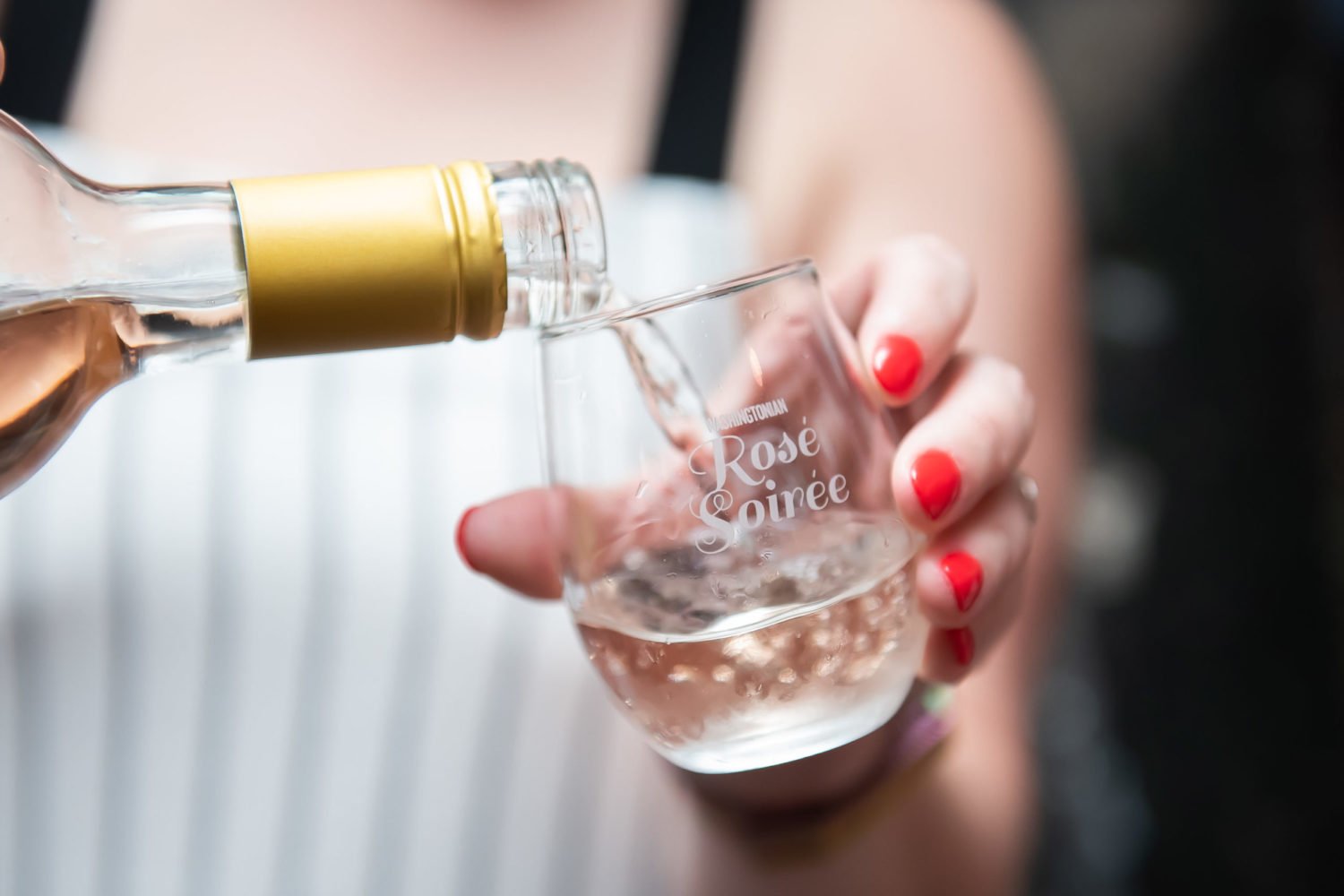Think your shrimp is plucked wild from the Gulf? Chances are the crustaceans could be farm-raised–or even members of a surprising species—according to news released today by Oceana. The environmental advocacy group released an in-depth study on Thursday that used DNA testing to show the widespread misrepresentation of shrimp in the US; 30 percent of the 143 products investigated were not what they seemed. The survey included a spotlight on Washington, with some unsavory results.
Unlike other popular water-dwellers like Atlantic salmon or Yellowfin tuna, shrimp—the most widely consumed seafood in the US—are mostly sold as, well, shrimp. One of the most prevalent designations, “Gulf”, doesn’t really say much about the crustaceans except that they hail from the Gulf region; the shrimp could be farmed or wild, sustainable or not, with no indication of their type.
“There’s no requirement at this stage to track our seafood,” says Oceana senior scientist Dr. Kimberly Warner. “What distinguishes shrimp is that we’re given hardly any information about it. It’s so rare—especially in restaurants—to get any information other than that it’s shrimp.”
Given it’s tough to tell where your cocktail is coming from, the consumer guidelines for what constitutes good and bad choices can be just as confusing. The Monterey Bay Seafood Watch, which publishes one of the most comprehensive guides, contains a thorough lisitng for shrimp. Still if you don’t know much beyond the fact that Gulf shrimp are on the menu, you could be eating one of the best options (caught wild), or crustaceans on the “avoid” list (caught wild in Louisiana, which doesn’t enforce the same strict regulations protecting turtles and other sea-life from trawl gear). Outside the US, issues range from loosely-regulated aquaculture and treatment with chemicals, to reports of human trafficking and forced detention within the Thai shrimp industry.
Even when some description is given, it’s not always accurate. In Washington, all of the “Gulf rock shrimp” tested turned out to be impostors. Though the bait-and-switch isn’t necessarily a health concern—unlike when stomach-upsetting escolar is sold as “white tuna”—consumers pay a premium for the lobster-like taste of the rare crustaceans. At least in the cases caught by Oceana, more common (and less pricey) brown and yellow leg shrimp were subsituted.
Overall in our area, 33 percent of samples from restaurants and markets were misrepresented. Supposedly “wild” shrimp turned out to be farmed, grocery stores sold shrimp with no country-of-origin labeling, and a bag of imported “salad-sized” (small) crustaceans contained two species not known to be sold in the US. All of this raises the issue of traceability: where does the product come from? Is it safe to consume? Is the fishery sustainable and responsible?
“It means the consumer should ask a lot more questions about where their seafood were coming from,” says Warner. “If they don’t speak up, it’s hard for the regulators to do anything.”

















